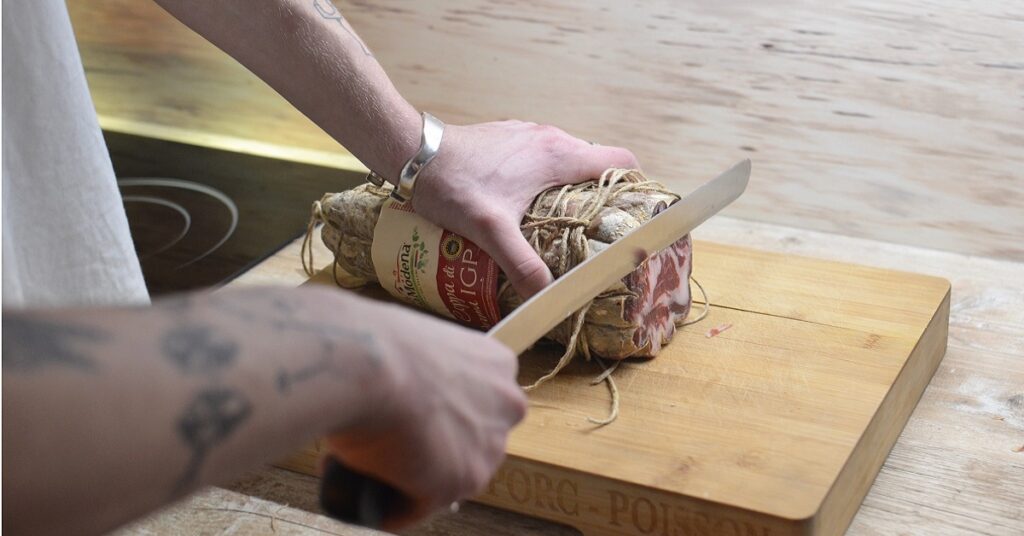
Sober Living with Suboxone
Looking for a sober living with Suboxone? Beds can sometimes be hard to come by – especially if you are looking for a reputable facility in a good neighborhood. When you’re taking Suboxone, you can face an extra challenge in finding one. Not all sober living facilities accept Suboxone, or are MAT friendly.
All hope is not lost, however.
Centrally located on the Treasure Coast of Florida in Port St. Lucie, Transitions Gateway provides Suboxone friendly sober living homes for men and women who are serious about their sobriety. More sober living homes that allow Suboxone are sprinkled throughout Florida as well.
Supporting Your Recovery
Sober living is the perfect choice for those just out of – or in the later stages of – an addiction treatment program.
In a sober home, there is structure, a routine, chores to do. Residents are encouraged to find employment, which helps shore up their finances – finances that are often depleted during active addiction. Regular drug and alcohol testing ensures accountability.
Most importantly to continued sobriety, residents develop a sense of community while living in a sober home. They form new relationships, both in the house and through 12-step meeting attendance in the area.
There’s nothing like sober living with Suboxone to help you get back on your feet.
What is Suboxone? How it Helps Those in Early Recovery

Suboxone is a useful tool in getting people off opiates. It contains two medications – one which blocks opiates and another which relieves withdrawal symptoms.
That’s important, because opioid withdrawal symptoms can be severe. From anxiety and muscle aches to nausea and vomiting – with sweating, runny nose and sleep problems thrown in– it’s called “dope sick” for a reason. And it’s not pretty.
The Clinical Opiate Withdrawal Scale measure 11 symptoms, each on a four-to-five-point scale:
- Resting pulse rate – From 80 beats/minute (score of zero) to greater than 120 (score of four)
- Sweating – From 0 with no chills or flushing to a score of four, with sweat dripping from the face
- Restlessness – From the ability to sit still (0) to can’t sit still for longer than a few seconds (5)
- Pupil size – From normal size (0) to only the iris visible (5)
- Bone or joint aches – From none (0) to discomfort so great client cannot sit still (4)
- Runny nose or tearing – From none (0) to constant runny nose or streaming tears (4)
- GI Upset – From no GI symptoms (0) to diarrhea or vomiting multiple times (5)
- Tremor – From non (0) to significant muscle twitching or tremor
- Yawning – From none (0) to multiple times a minute (4)
- Anxiety or Irritability – From none (0) to irritability and anxiousness that make it hard to participate in assessment (4)
- Gooseflesh skin – From none (0) to prominent goosebumps (5)
These acute symptoms can last up to about 10 days. Sometimes withdrawal symptoms can be extended when post-acute withdrawal syndrome comes into play. Drug cravings can be severe throughout, which drives relapse.
That’s why, many times, people who are going through the detox (or detox/residential) stage of treatment will be prescribed Suboxone. Detox is much easier withdrawal symptoms are dealt with. Also, after the first week or so, when counseling begins, clients can focus more on their sessions.
Addiction treatment programs can include not only individual and group counseling, but also neurofeedback, biofeedback, sports, outings, yoga, chiropractic care and more. Suboxone helps patients take advantage of all that is being offered.
Suboxone addiction treatment also gives the gift of time. Time to find a job, time to build a new social circle (one that does not do drugs), and time to become established in a 12-step program such as Alcoholics Anonymous or Narcotics Anonymous.
If a client does happen to relapse, Suboxone will block the euphoric effects of opioids. In other words, they won’t get high from it. This defeats the purpose of taking opioids, preventing them from going further down the path to active addiction.
Most importantly, Suboxone can keep people alive. If they are not using opioids, they are not overdosing.
One caution is that, if you are using Suboxone, you should not use opioids or keep upping the dose in an attempt to “overcome” it and get high. Why? While rare, you can accidentally overdose, particularly if another drug which suppresses breathing (such as a benzodiazeprie) is used. Also, even if you are tapered off Suboxone, you need to know your opioid tolerance is much lower now, so relapsing carries even more of an overdose risk.
Finally, Suboxone helps prevent diseases spread through sharing needles for intravenous drug use.
What will life be like? Sober Living on Suboxone

You may not immediately taper off of Suboxone after your 30-to-45-day addiction treatment program. That’s ok, each person is an individual and requires a customized program.
A good sober living that accepts Suboxone will understand this and work with you. They will meet you where you are, allowing you to pursue your new life in recovery at your own pace. You’ll still be accountable and will still be drug tested. If they know you are on Suboxone, however, you won’t be penalized for it.
To get the most out of sober living, be present with your fellow housemates. Get to know them. Go to 12-step meetings with them. Be respectful in keeping your area tidy and cleaning up after yourself in the bathroom and kitchen. If you have a car and others don’t, offer rides to the store, meetings and other places. We all need a helping hand once in a while.
Many people on Suboxone enter sober living and emerge with lifelong friends, new employment, more solid financial footing and a good grip on their recovery. Some Suboxone sober living homes even allow you to extend your stay up to a year or more, depending on availability.
How will you get Suboxone? Medical Supervision Required
Needless to say, Suboxone must be prescribed by a physician. In addition to paying rent at a sober living house, you’ll still need to keep in touch with (or keep up with visits to) your health care provider, as well as pay for your prescriptions. Many Suboxone sober living companies know of physicians you can visit, or outpatient addiction treatment programs you can enroll in while on Suboxone. Sober house managers have typically worked with many clients in the past who are taking Suboxone and are familiar with resources in the area.
How much will you pay for Suboxone? That depends. If you have insurance and it is covered, you’ll pay much less.
You can also use a coupon service like GoodRx to lower the cost. As of April 2021, 30 8mg/2mg tablets of sublingual Suboxone retail for $252 at CVS and $275 at Winn Dixie, for example, With a GoodRx coupon, you’ll pay $72.31 at CVS and $42.41 at Winn Dixie.
The cost is one reason why sharing housing expenses in a sober living that allows Suboxone is a good option for those just out of treatment or in the partial hospitalization, intensive outpatient and outpatient stages.
What do I need to know? Suboxone Sober Living Community and Requirements

Not only do house managers usually know of Suboxone, employment, and other resources, they are also typically familiar with other sober living residences nearby. Thus, if one can’t help you or doesn’t have a bed available, they can usually give you a list of others that can and do.
Don’t be afraid to reach out and lay all your cards on the table. If they know your situation, they can work with you better or refer you to the right place for you.
In looking for a Suboxone sober home, you’ll want to pay attention to the surrounding area. Be sure to find out the answers to the following:
- Is the sober home FARR (Florida Association of Recovery Residences) certified?
- How long has the sober home been in business?
- Is it located in a high- or low-crime area?
- Is the neighborhood safe?
- Does the city/town have a large sober community?
- Are there 12-step meetings nearby?
- Is the home close to potential places of employment?
- If you won’t have a vehicle, is it close to public transportation?
- Are other residents serious about their sobriety?
- How long can residents stay in the sober home?
- Is there a house manager living onsite?
- Are residents tested for drugs and alcohol on a regular basis?
- Is there structure (chores, meeting attendance, job requirements, curfews, etc.)?
- What are other requirements?
As you can see, whether a sober home accepts suboxone residents is just one of the many criteria you should have. If a sober in an area with a lot of drug selling and using activity, but takes people on Suboxone, it’s still a bad deal and not a good idea for your sobriety.
It’s important also to know all that a Suboxone sober living facility requires.
If you have a night job and there is a curfew, will they work with you on that? Are you allowed to keep your phone? Is there access to a computer? What household supplies are you required to buy? Finally, in regard to Suboxone, will you be required to taper off it on a certain schedule?
Above all, don’t be afraid to ask questions.
The more you know before you enter sober living with Suboxone, the better.
